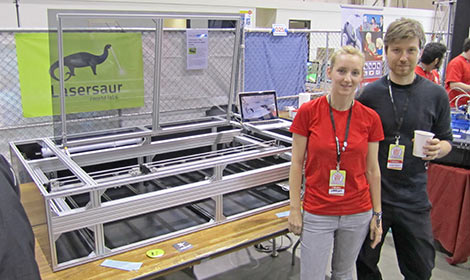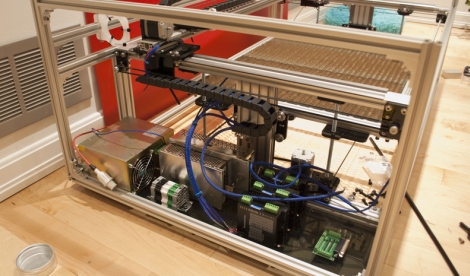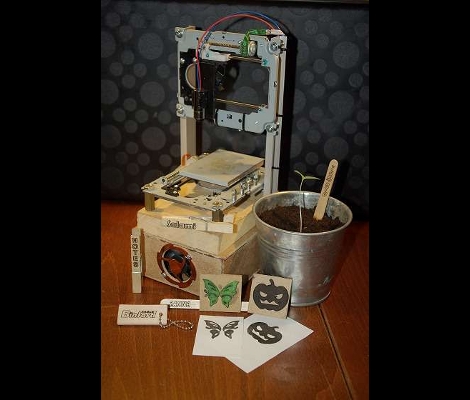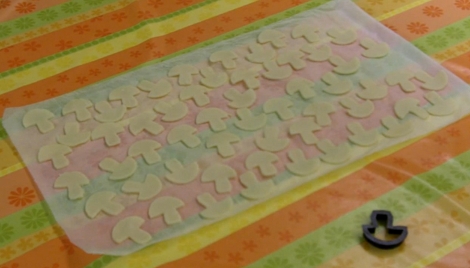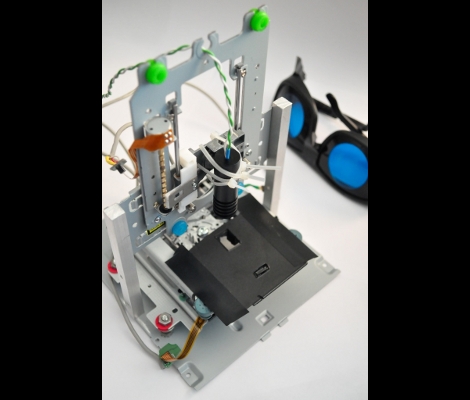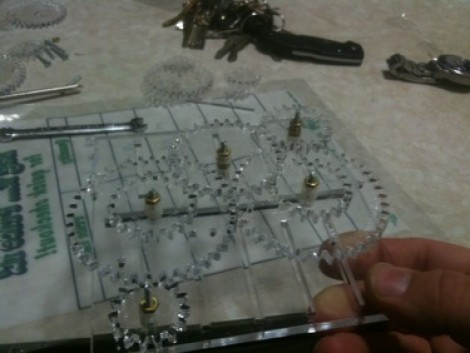
[Alex] got his hands on an Epiloge laser cutter the easy way — the company he works for bought one. We’re sure he’s not trying to rub it in, but he really does make the tool look and sound cool in the post he wrote purely to show off the new toy hardware.
This model is a CO2 laser and it’s capable of etching and cutting a variety of materials. It does so with a 1200 DPI resolution at 0.005 pitch. The samples of engraved text and images show the clean lines and shapes this type of accuracy can achieve. The most stunning example is a piece of anodized aluminum which ends up showing some fantastic contrast that would make perfect face plates for project enclosures. Then there’s the cutting feature which is responsible for the gear demo seen above. We were surprised to hear that it will cut through acrylic but not polycarbonate.
After the break we’ve embedded [Alex’s] video. The camera is focused on the cutter as it engraves some lettering, then cuts out a gear. During the process he discusses what he’s learned about the device, sharing some interesting tidbits along the way.
We’re hoping to see some cool stuff like this from [Grenadier] who recently won a similar 40 Watt CO2 laser from Full Spectrum.
Continue reading “Just In Case You Didn’t Know How Awesome Laser Cutters Really Are”

